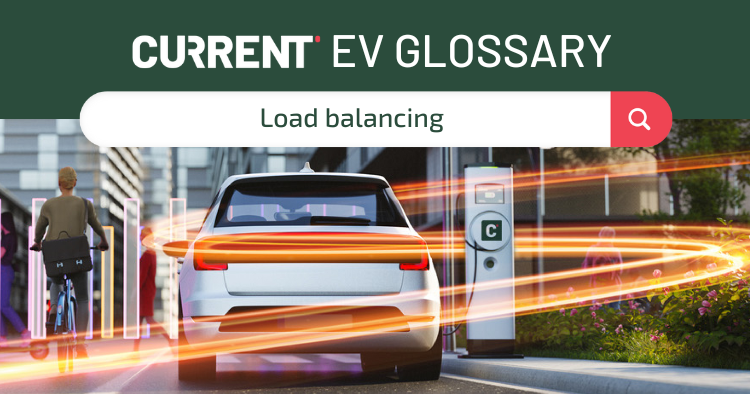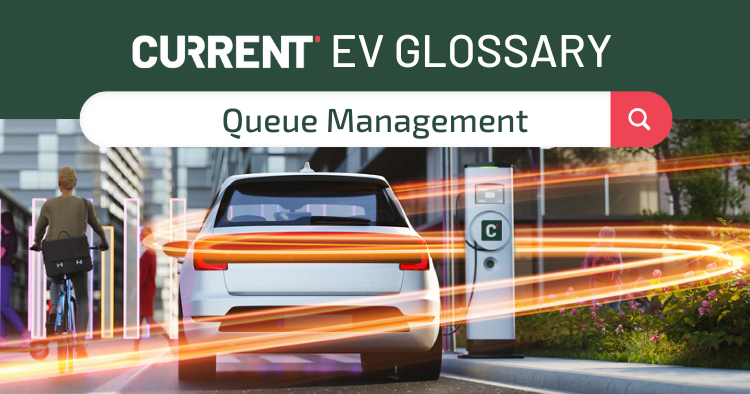Queue Management for EV Charging
What is Queue Management for EV Charging?
Queue management for Electric Vehicle (EV) charging is an essential system that organizes and prioritizes the charging of electric vehicles in public and private charging stations. As the adoption of EVs continues to rise, the demand for charging infrastructure is growing exponentially. Without proper queue management, drivers can face long wait times and inefficiencies in utilizing charging stations. Queue management aims to optimize the charging process, minimize wait times, and increase overall customer satisfaction.
How does Queue Management Work?
Queue management for EV charging involves utilizing sophisticated algorithms and intelligent systems to manage the order in which vehicles are charged. This is what the process normally looks like:
- Registration: Drivers typically register their EVs upon arrival at the charging station, either through a mobile app or kiosk.
- Priority Setting: The system assigns priorities based on factors such as battery level, arrival time, or membership status.
- Scheduling: Charging slots are scheduled for the vehicles, taking into consideration the availability of charging points, the type of chargers, and the specific needs of the vehicle.
- Notifications: Drivers are kept informed through real-time notifications about their place in the queue and expected charging time.
- Monitoring and Adjustments: The system continuously monitors the queue and makes necessary adjustments to ensure optimal utilization of charging resources.
By integrating these elements, queue management provides an orderly and efficient approach to charging, catering to the individual needs of each EV owner.
What are the Benefits of Queue Management for EV Drivers?
Queue management offers several significant benefits for EV drivers, making it an essential component of modern charging infrastructure.
- Reduced Wait Times: By efficiently scheduling charging slots, queue management minimizes waiting, saving drivers valuable time.
- Enhanced User Experience: Real-time updates and a systematic approach enhance the user experience, making EV charging more convenient.
- Fair and Equitable Access: The smart prioritization ensures that all drivers have fair and transparent access to charging facilities.
- Energy Optimization: Queue management helps in balancing the power load, optimising the energy consumption for charging.
- Integration with Renewable Resources: Some systems even allow integration with renewable energy sources, thus supporting sustainability goals.
Queue Management & EV Charging Load Management
Queue management's role in EV charging is not limited to improving the driver's experience; it also plays a vital part in EV charging load management. By balancing the demand on the local grid, queue management algorithms help prevent overloads, ensuring stability. This balance also allows integration with utilities, making queue management part of demand response strategies. This can lead to reduced charging during peak times or incentivized charging during off-peak hours.
Furthermore, proper queue management leads to more efficient utilization of the charging infrastructure, reducing the need for excessive investment in new charging points. It allows operators to maximize the use of existing resources, thus aligning the charging process with overall energy efficiency and infrastructure goals.
Another essential aspect is the integration of renewable energy sources. Queue management can be designed to prioritize or align charging with available renewable energy, thus contributing to overall energy sustainability. By synchronizing the charging demand with renewable supply, not only supports environmental goals but also potentially lowers energy costs.
In summary, queue management for EV charging transcends the user experience and becomes a tool for managing the larger energy ecosystem. It supports a more resilient, efficient, and sustainable electric grid, fostering the continued growth of electric mobility.
If you're interested in learning more, then please get in touch or browse more of our glossary articles.


